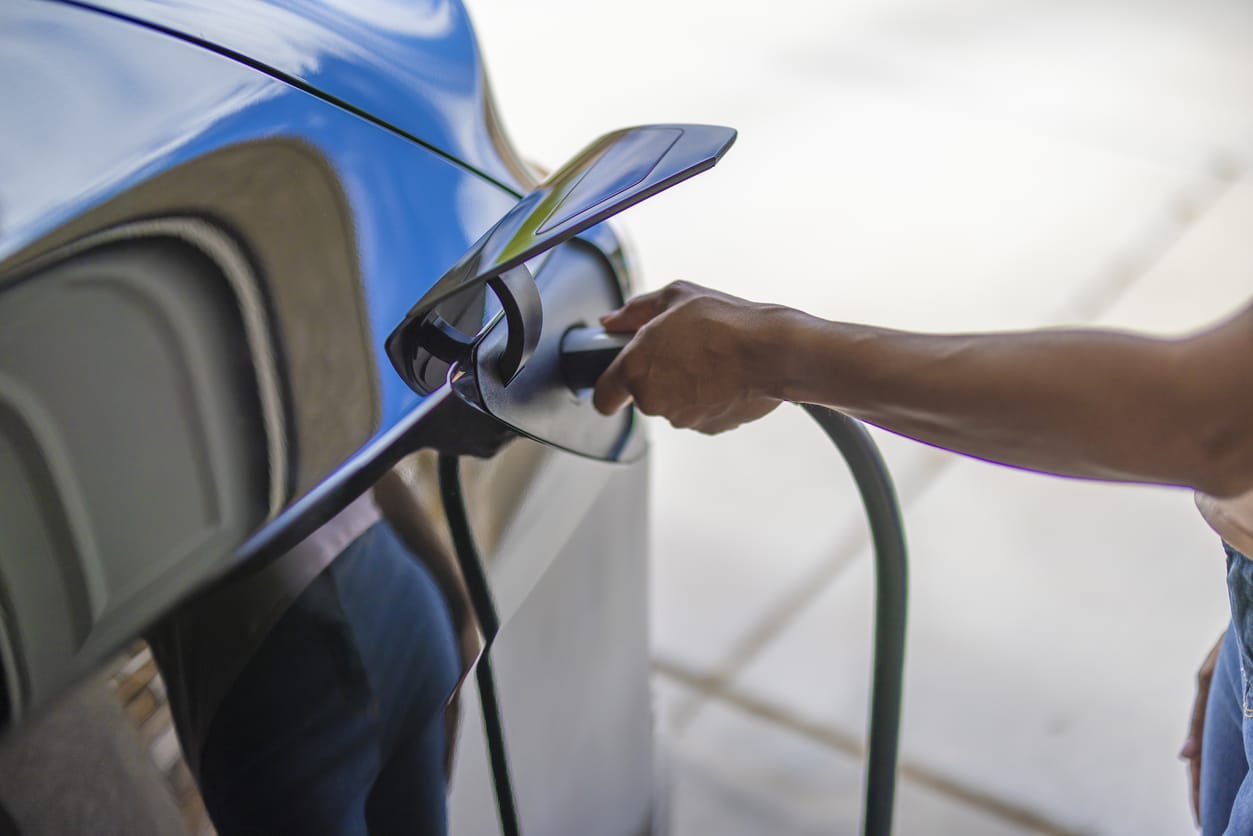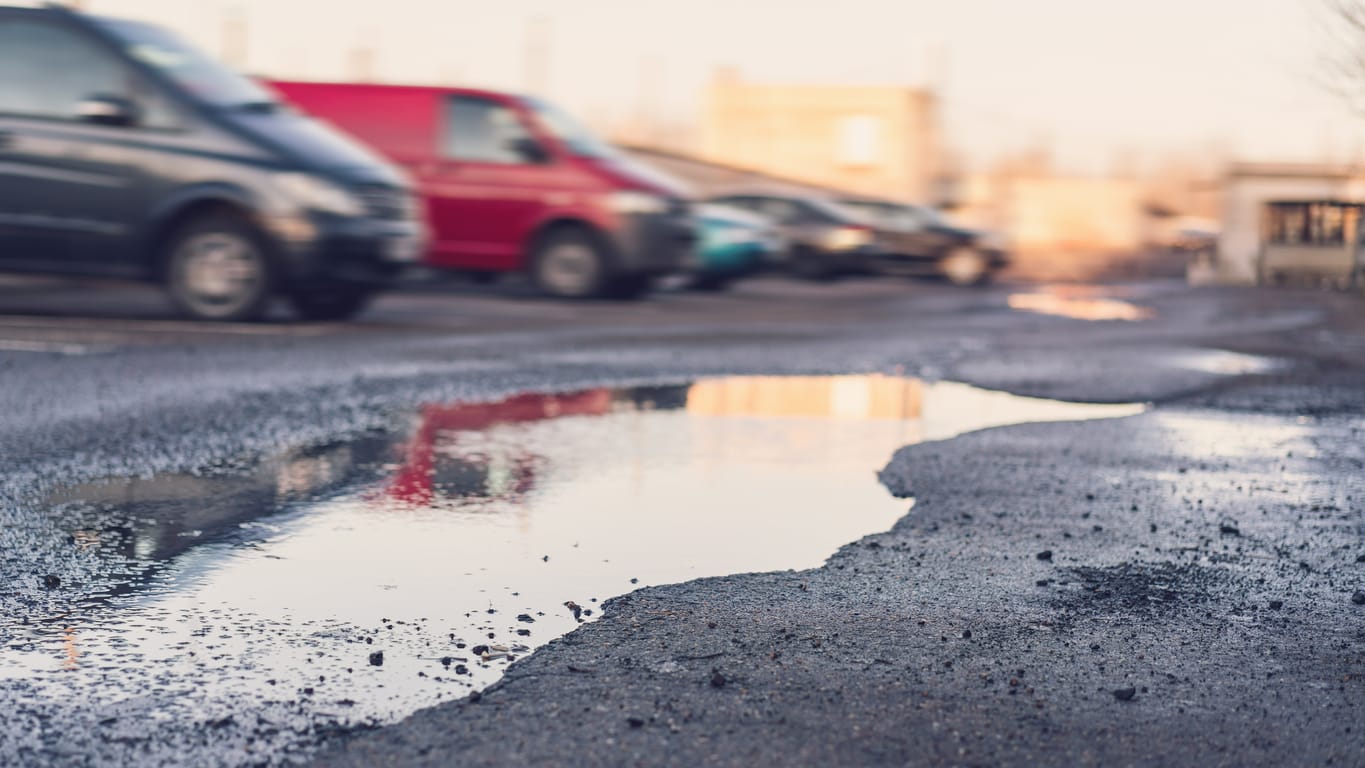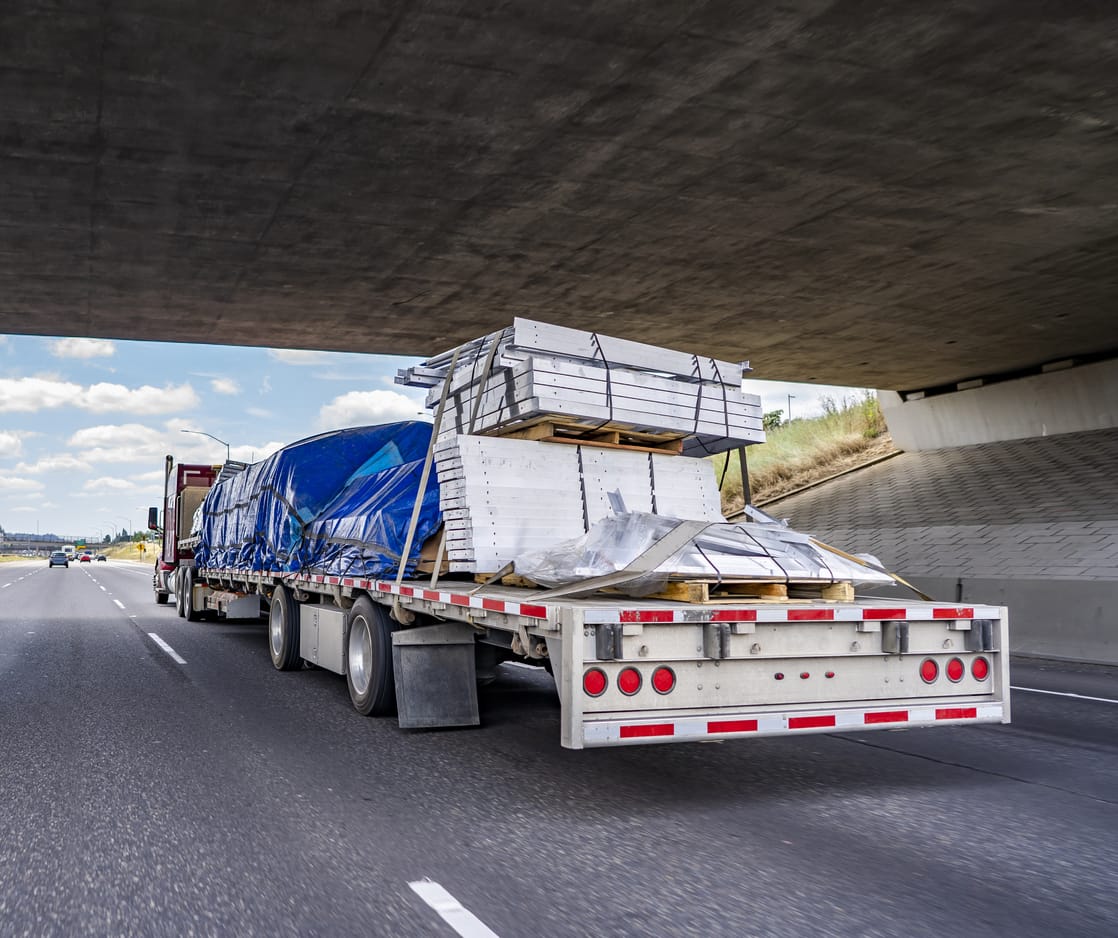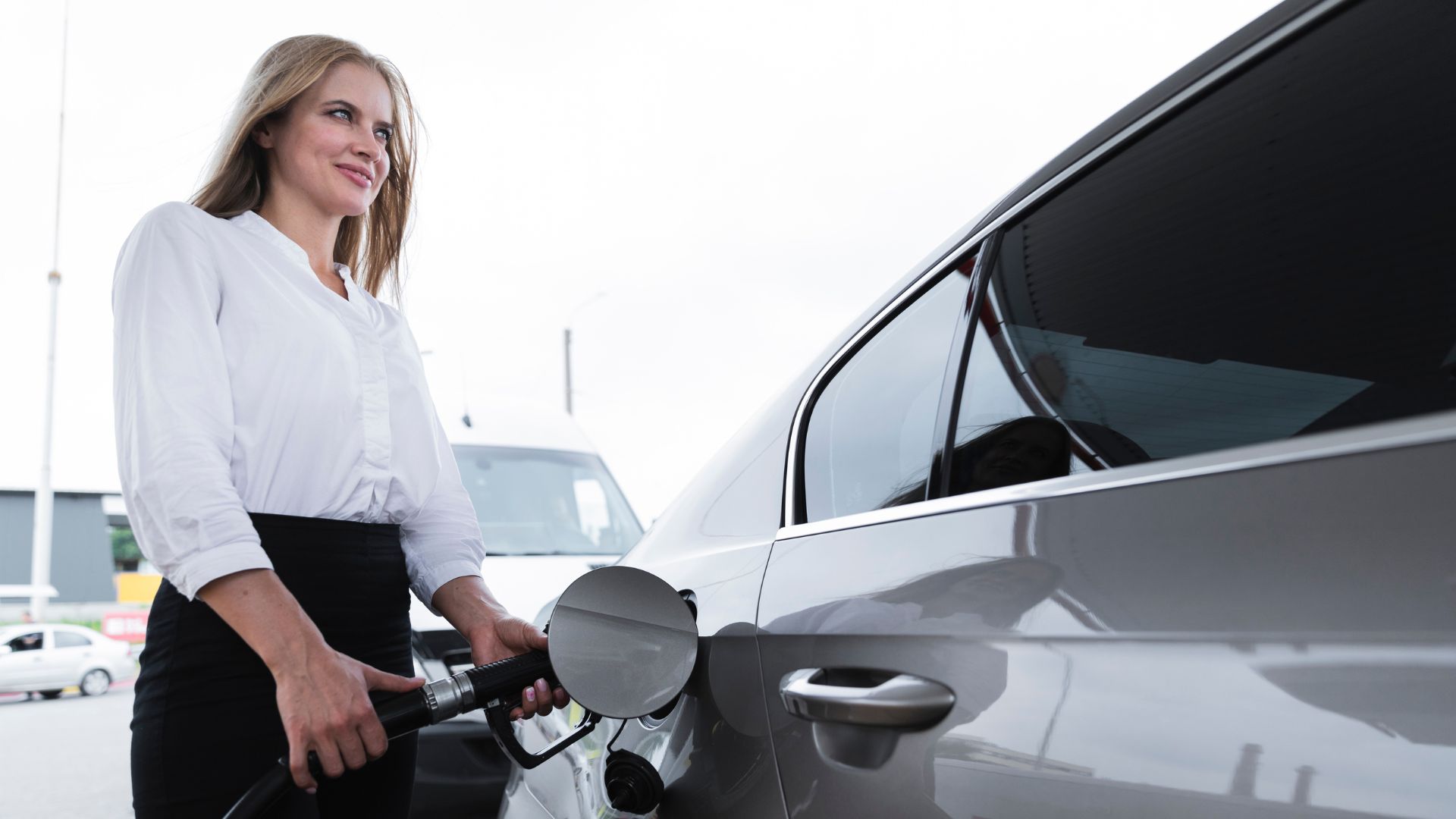It also plans to force automakers to make more zero-emission electric models available by 2023 and mandate Californians charge their cars at least partially with renewable energy supplies by 2030, according to the Los Angeles Times.
The proposal would put that order into law for all state agencies and require them to purchase only low or no-emission vehicles that meet strict standards set forth by the Environmental Protection Agency (EPA).
The California Air Resources Board signed off on a dramatic plan to cut down on the greenhouse gas emissions that cause global warming on Thursday by requiring that all new passenger cars and light trucks sold in the state be fully electric vehicles or have other emissions-free modes by 2035.
While governments around the world (including California) have tried to encourage consumers to purchase electric vehicles (EVs) and encourage automakers to produce more of them, California opted for a far more stringent approach.
The state mandated that electric cars be the dominant style of car to be sold in the state by 2035 with this latest regulation.
California’s move to require more electric vehicles as a part of fuel economy standards is among the most important climate change policies worldwide.
The new policy could become one of the world’s most important climate change policies putting the state as the first to do so in the United States.
“This regulation will set the global high-water mark of the accelerated transition to electric vehicles. It will do so with significant time to prepare for the transition to an electric vehicle market,” says Drew Kodjak, executive director of the International Council on Clean Transportation.
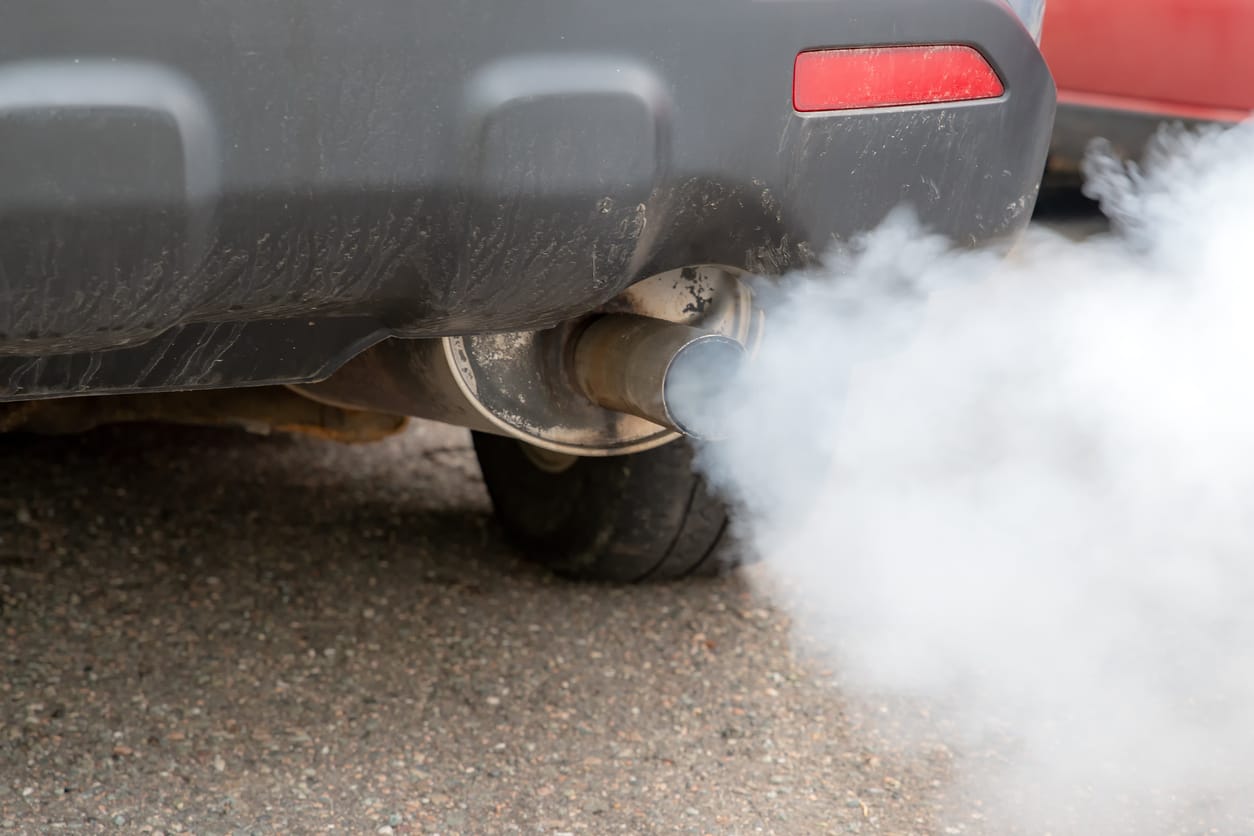
At the moment, about 16 percent of all new cars sold in California are zero-emission while the new regulation is requiring 35 percent of new sales for both cars and light trucks to be zero-emission, plug-in hybrid, or hydrogen-powered models. The state is expecting to achieve this 35 percent boost for all new vehicles sold by 2026.
The move would go further than any other state or city has ever taken on vehicle emissions because it affects nearly every car sold in California today from 2016 onward except for off-road vehicles like construction equipment trucks,” said Dave Clegern from CALSTART, who represents auto manufacturers in California. “But we don’t believe this will be effective without additional incentives for electrification such as federal grants or tax credits,” said Clegern.
“The real issue is cost because these will likely be more expensive than conventional cars,” he added. “A lot depends on how much charging infrastructure will be installed throughout California over time,” he concluded.
“If so many people are using chargers at places like restaurants then it might make sense for restaurants to install them directly into their outlets,” he explained. “Then they would not need separate kiosks or charging stations inside restaurants when customers are dining there” he noted. “That way they can focus on adding higher quality seating areas instead of installing too many chargers everywhere throughout their restaurant locations.”
You may have heard that California is the largest auto market in the US, and you may also know that it has announced a ban on the sale of all new cars running on gasoline.
Like most people, this news was met with a mixture of confusion and concern. However, if you are one of those people who prefer to be well informed about such matters (and who doesn’t?), then let me explain.
The state of California, which represents the largest auto market in America (and possibly all of humanity), has announced plans for an outright ban on new vehicles powered by non-renewable sources within its borders by 2035.
The proposed law would also require automakers to either come up with an alternative fuel source or build hybrid models into their lineups by 2030, a deadline that falls right before Tesla enters production mode with its Model 3 electric vehicle set for release later this year.
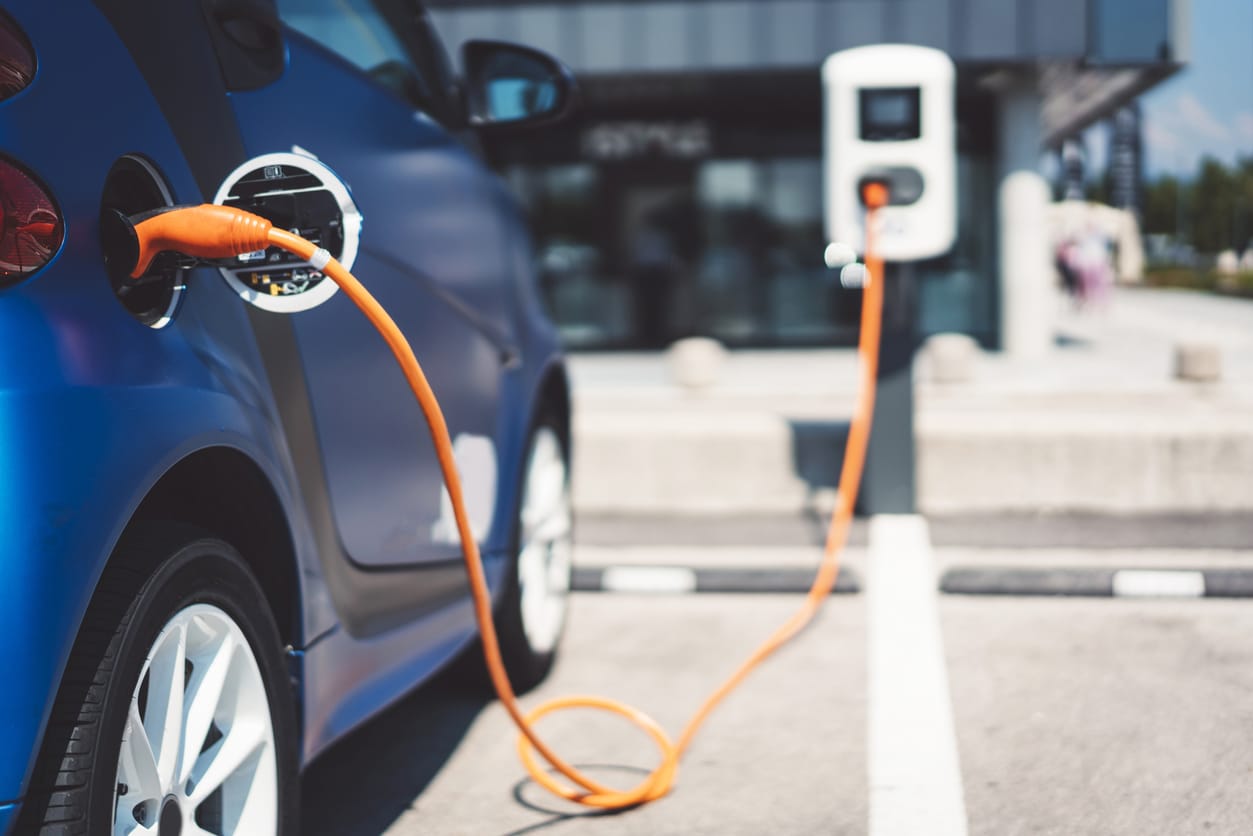
California regulators are calling for an end to all new car sales that don’t meet their strict standards for emissions (which include things like carbon dioxide).
And they’re not stopping there: they also want all existing cars sold within two years after their manufacture date moved up five years. That means if your vehicle was built before 2021, you’ll need either an upgrade or replacement by 2029 when these rules take effect (or sooner if there’s any damage).
The state has a reputation for being environmentally conscious, it was one of the first states to ban smoking indoors, it required cars to have catalytic converters (which reduce tailpipe emissions), and it passed laws requiring all new homes to be built with solar panels.
California also has a history of setting environmental standards that other states follow: In 2016, California led an effort to get all cars off American roads by 2040; now they’re working toward banning gasoline-powered vehicles altogether by 2035!
“We cannot allow our children’s lungs and airways to be polluted with toxic chemicals like benzene,” said Governor Gavin Newsom in a statement released on Monday morning. “This is the most impactful step our state can take to fight climate change.”
The ban won’t apply to commercial trucks and off-road vehicles like construction equipment, which still rely heavily on fossil fuels. It doesn’t even apply to passenger vehicles entirely!
California’s new law will only affect cars that run on gasoline and diesel fuel and only for sales starting in 2035. That means if you buy a new car today (or anytime in the next seven years), it’ll be exempt from this rule.
Gov. Newsom signed an executive order banning the sale of new gasoline-powered passenger cars by 2035 and new diesel-powered passenger vehicles by 2045. The California Air Resources Board proposal would put that order into law for all state agencies. Reduction of greenhouse gas emissions to 40 percent below 1990 levels by 2030, said Mary Nichols, chairwoman of the board and former governor of California. “California has always been at the forefront when it comes to climate change,” she said in a statement announcing her plans Wednesday afternoon at Los Angeles International Airport (LAX). “But this is an urgent challenge that demands our full attention.”
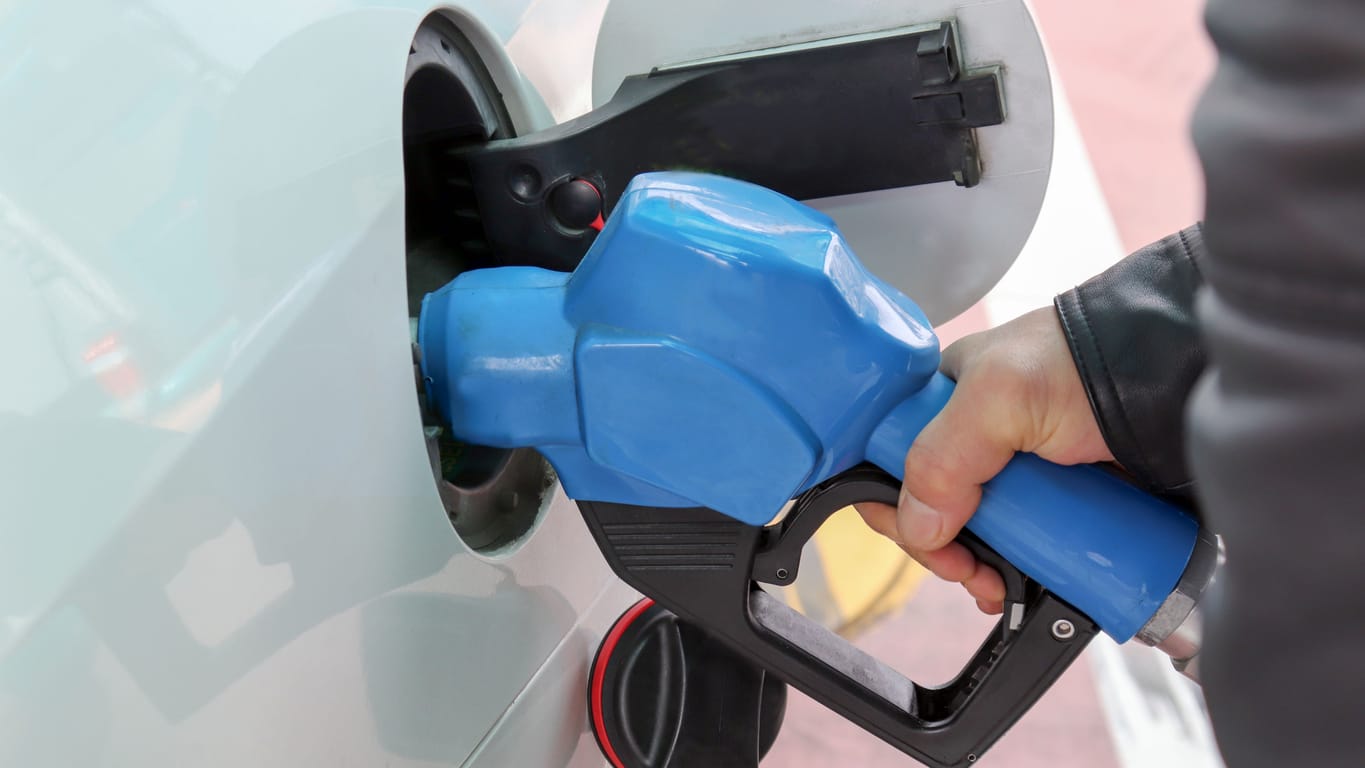
California’s Zero emissions by 2045 goal were recently adopted by legislation introduced by Democrat Kevin de Leon, who leads Senate Pro Tempore (the second highest position) and serves as chairperson of the Senate Environmental Quality Committee.
De Leon said he wants all new vehicles sold in California to be zero-emission or hydrogen-based by 2030—a move that would speed up carmakers’ plans to make electric vehicles more widely available but still may not be enough time for everyone who wants one to get an EV by 2035.
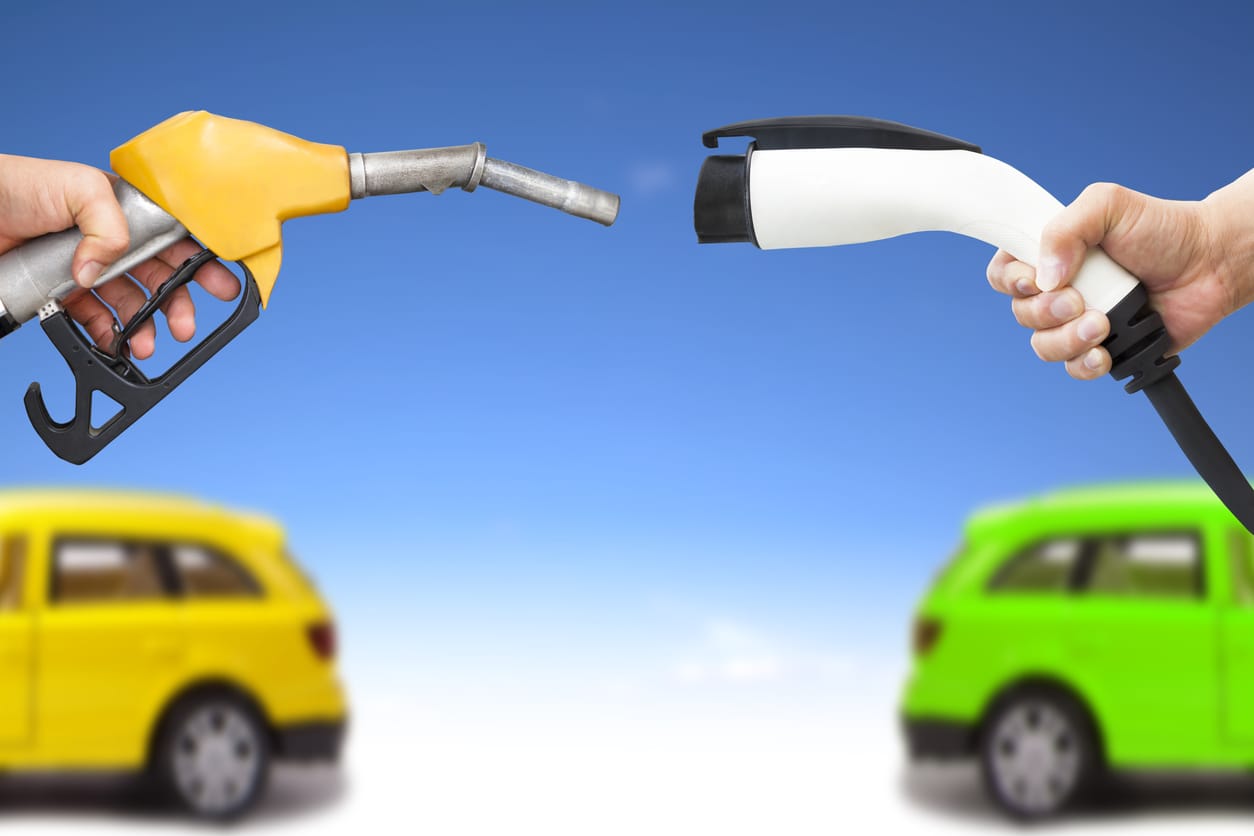
California’s ban on new gasoline-powered cars is a step in the right direction, but it will still take time for the state to achieve its goal of reducing greenhouse gas emissions by 80% below 1990 levels by 2050. Governor Newsom has already signed an executive order banning the sale of new gasoline-powered passenger cars by 2035 and new diesel-powered passenger vehicles by 2045. The California Air Resources Board proposal would put that order into law for all state agencies. It is possible that other states could follow suit, which could make it much more difficult for automakers like Tesla or Nissan to meet their 2020 targets without releasing more affordable zero-emission vehicles sooner than expected.
